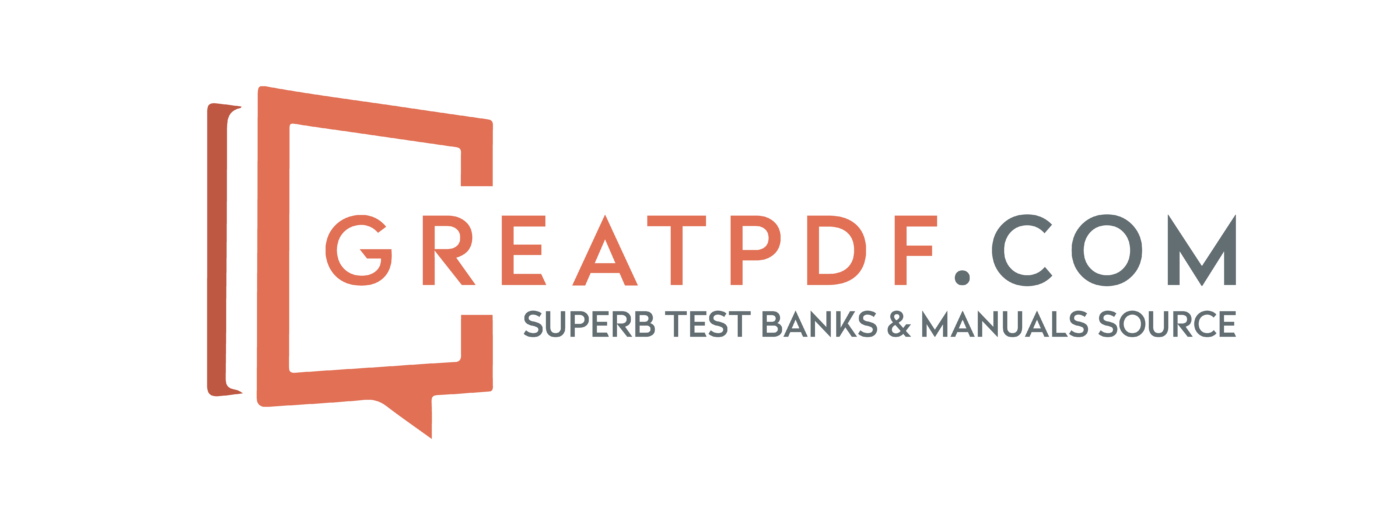In the hustle of running a business, it’s easy to overlook the significance of equipment. While your company is busy selling products or services to turn a profit, the hardware that facilitates these operations often fades into the background. Yet, equipment represents more than just fixtures within your company walls; it embodies a long-term asset that can significantly contribute to both present and future value.
The Accounting Classification of Equipment
One pertinent question that arises is: how does equipment fare in the realm of accounting? Is it classified as an asset or a liability? The answer lies in the nuanced understanding that equipment can be both.
For instance, if your company holds a loan against its equipment, it becomes a liability. However, equipment also stands as a valuable asset. It serves to enhance productivity and bolster sales. Nonetheless, it’s crucial to note that equipment falls under the category of noncurrent assets, rather than current assets.
Understanding Equipment as a Noncurrent Asset
Equipment, as a noncurrent asset, represents a long-term investment. Unlike current assets, which are expected to be liquidated within a year, noncurrent assets like equipment aren’t readily convertible to cash. Instead, they signify enduring investments in property, plant, and equipment (PP&E). While they may impact cash flow, they signal to stakeholders a commitment to growth and the enhancement of brand credibility.
Varieties of Equipment Assets
The spectrum of equipment assets encompasses a wide array of tools and machinery essential to various industries. These include but are not limited to:
- Copy machines
- Postage meters
- Computers
- Telephones
- Fax machines
- Production line machinery
- Farm equipment like combines and tractors
- Lumber-cutting machinery
- Wrecking balls
- Pneumatic drills
- Cranes
- Robots
- Medical scanning equipment
Maximizing the Value of Equipment
Given its status as a long-term asset, prudent management of equipment is paramount. Utilizing equipment solely for its designated purpose, prioritizing maintenance and upgrades, and conducting regular audits and inspections all serve to optimize its efficiency and lifespan. Effective management not only prevents operational disruptions but also safeguards asset value, whether for future upgrades or potential resale.
Distinguishing Current and Noncurrent Assets
In navigating the financial landscape, it’s crucial to distinguish between current and noncurrent assets based on their anticipated utilization timeframe. Current assets, intended for liquidation within the year, cater to day-to-day expenses. Conversely, noncurrent assets require a longer investment horizon and contribute to sustained growth.
Arranging Equipment on the Balance Sheet
Equipment finds its place on the balance sheet among noncurrent assets. Therefore, a separate balance sheet solely dedicated to equipment is unnecessary. Instead, it’s essential to integrate equipment alongside other assets, liabilities, and equity to present a comprehensive financial picture.
Conclusion
Equipment constitutes a vital component of a company’s asset portfolio. Whether through enhancing operational efficiency or signaling commitment to growth, its significance cannot be overstated. By understanding equipment’s classification, maximizing its value, and appropriately representing it on financial statements, businesses can leverage this asset to navigate towards sustained success.
